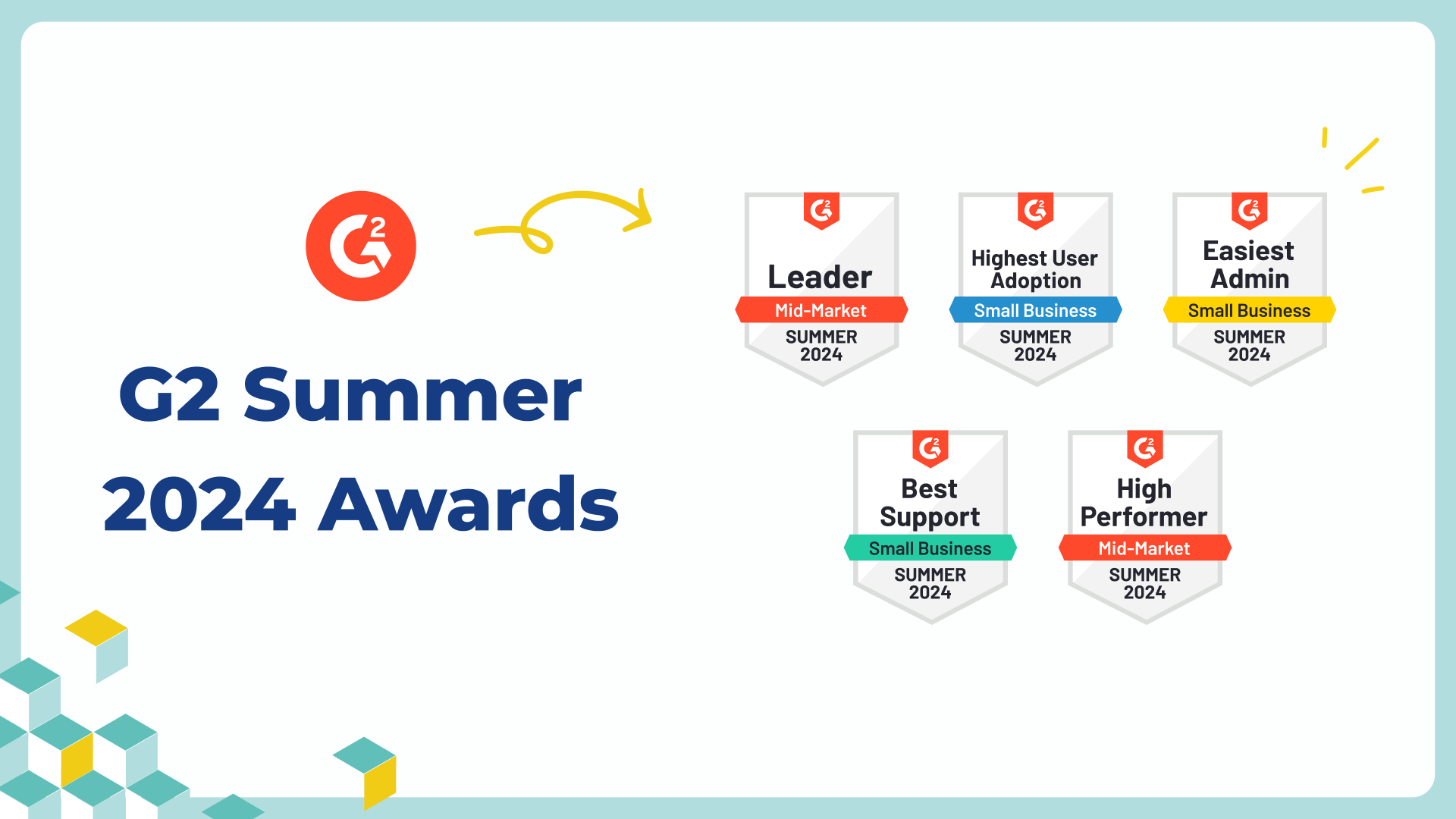Understanding cap tables
A cap table, or capitalization table, is a critical tool for any finance leader. It provides a snapshot of a company’s ownership structure, detailing who owns what, how much each stakeholder owns, and the potential future changes in ownership.
Image source: Corporate Finance Institute (CFI)
Let’s break down the essential elements found in a typical cap table:
- Shareholder names: This includes every investor, executive, and employee who owns shares in the company. Each entry is often accompanied by contact information to facilitate communication.
- Number of shares owned: This column reflects the total shares each entity holds. It’s crucial for understanding the relative weight of each shareholder in corporate decisions.
- Type of shares: Not all shares are created equal. Common types include common stock, preferred stock, warrants, and convertible notes, each with different rights, privileges, and values.
- Vesting schedules: Particularly relevant for employee shares, this details the timeline over which employees earn their equity stakes. Vesting schedules prevent premature equity claims and encourage long-term commitment.
- Purchase prices and dates: These indicate when and at what price shares were purchased, essential for financial analysis and legal compliance.
- Options and convertibles: Includes details on any options or securities that can be converted into stock, impacting the future equity structure.
It’s important to understand each of these components if you hope to master cap table management, as they collectively influence everything from day-to-day operations to long-term strategic planning.
How cap tables evolve with your business
As a company progresses from a startup to a mature enterprise, its cap table evolves significantly, often becoming more complex with each phase of growth. Key events that impact the cap table include:
- Funding rounds: Each round of funding, whether through equity or convertible instruments, introduces new entries to the cap table. New investors come on board, and share distributions may shift dramatically.
- Employee Stock Option Plans (ESOPs): As options are granted, exercised, and possibly forfeited, the cap table must be updated to reflect these changes accurately. This ensures that the company knows exactly who holds what, which is crucial for both internal equity management and external reporting.
- Mergers and acquisitions (M&A): These transactions can drastically alter a cap table. Shares may be consolidated, exchanged, or retired, requiring careful reconfiguration of the existing table to reflect the new business structure accurately.
- Corporate restructuring: This can include anything from a simple buyback program to a complete overhaul of the equity framework. Each action requires meticulous attention to detail to maintain cap table accuracy and compliance.
To successfully manage these changes without compromising your cap table, it’s essential to have both strategic foresight and meticulous attention to detail. The following sections will explore effective strategies to ensure your cap table remains a reliable tool for decision-making and communicating with investors.
Strategic planning and cap table management
The way your cap table is structured can have a major impact on your company’s operational efficiency and ability to achieve long-term objectives. After all, this structure defines the power dynamics among stakeholders, influences financial decisions, and shapes future growth opportunities.
Aligning your cap table with your business goals ensures that every issuance of equity or restructuring of shares directly supports the company’s strategic direction. Here are some targeted strategies:
- Define clear objectives: Clearly defined business goals guide how you structure your equity. For instance, if preparing for an IPO, you may want to structure equity to attract late-stage investors, while maintaining incentives for early stakeholders and key employees.
- Use equity to motivate and retain talent: Thoughtfully structured equity can serve as a powerful tool for motivating key personnel. Structuring employee shares with vesting schedules tied to performance milestones helps align employee interests with those of the company, driving growth and reducing turnover.
- Plan for future funding: A well-planned cap table anticipates the need for future capital, allocating space for new investors in a way that balances growth with control. Proper planning helps avoid excessive dilution of founding members and early investors, preserving their influence and commitment.
- Manage investor expectations: Transparent communication about share allocations and voting rights is essential for managing investor relationships. A cap table that clearly outlines these elements can help set realistic expectations and foster long-term trust among investors.
- Regular updates and reviews: The business landscape is constantly changing, and a cap table must reflect current realities. Regularly update your cap table as part of strategic reviews to ensure it remains a reliable tool for decision-making and compliance.
Scenario planning and forecasting
Cap tables are not static documents—they are living, breathing tools that can provide strategic insights into the potential future states of your company’s equity. Effective scenario planning using the cap table can offer predictive insights that inform strategic decisions and optimize financial outcomes. Here’s how to make the most of this capability:
- Predictive modeling: Your cap table can serve as a basis for modeling various business scenarios, such as the impact of adding new investors or changing equity allocations. This modeling helps anticipate changes in control, dilution, and valuation under different conditions.
- Simulate financial outcomes: Creating detailed financial scenarios based on your cap table allows you to visualize potential outcomes of decisions before they’re made. For example, you can assess how different funding options might impact shareholder value and company equity structure.
- Strategic decision support: The insights gained from detailed cap table analysis are invaluable for supporting strategic decisions. Leadership can make informed decisions that align with both current needs and future growth aspirations.
Through thoughtful strategic planning and sophisticated scenario planning, you can transform your cap table to drive corporate strategy, support decision-making, and align with your long-term business goals.
Best practices in cap table management
Effective cap table management is crucial for maintaining the integrity of your company’s financial structure and ensuring stakeholder confidence. Here are actionable best practices you can employ to keep your cap tables accurate and efficient:
- Establish a routine update schedule: It’s crucial to regularly review and update the cap table to reflect the latest changes, such as recent investments, stock issuances, or adjustments due to employee stock options. Setting a regular schedule, whether quarterly, semi-annually, or annually, helps maintain up-to-date records and supports accurate reporting.
- Automate cap table management: The right software (more on this in the next section) can automate the tracking of changes and reduce the risk of errors. Automation ensures accuracy and (the best part) allows the finance team to focus on strategic tasks rather than manual data entry.
- Maintain detailed records: For each transaction that affects the cap table, detailed records should be maintained. This includes documenting the date of the transaction, specifics of the shares involved, and the parties affected. Accurate records are vital for audits, legal compliance, and financial analysis.
- Ensure compliance with legal standards: Regularly reviewing cap table management for compliance with securities and corporate governance laws is critical. This ensures that your company avoids legal issues that can arise from errors like improperly issued shares or non-compliance with reporting requirements.
- Train your team: Ensuring that all team members involved in cap table management are well-trained in using management software and understanding the underlying legal and financial principles is essential. This training helps in efficient management and early identification of potential issues.
- Plan for future scenarios: Leveraging the cap table to model potential future scenarios such as funding rounds, stock option pool expansions, or buy-back programs is a strategic move. It allows you to foresee how these events might impact the equity structure and to prepare strategies accordingly.
- Communicate clearly with stakeholders: Maintaining open lines of communication with all stakeholders about their status and any significant changes to the cap table is important. Regular updates or briefings can help manage expectations and maintain transparency, which is crucial for investor relations.
- Adopt a formal cap table policy: Developing and adhering to a formal policy that outlines procedures for updates, communication, and compliance checks can enhance the consistency and reliability of cap table management. This policy helps ensure that cap table management remains robust, regardless of personnel changes or shifts in the corporate structure.
Leveraging technology for cap table management
Selecting the right technological tools is essential for efficient cap table management, especially for complex organizations that deal with numerous stakeholders and complicated equity structures.
A variety of cap table management software solutions are available, designed to meet the specific needs of different types of businesses. Tools like Carta, Capshare, and Shareworks are popular among finance professionals for their robust features that facilitate real-time updates, detailed equity tracking, and scenario analysis.
For businesses looking for integrated solutions, FP&A software that offers cap table management as a feature can be particularly valuable. This type of software streamlines operations and ensures that cap table management is in sync with broader financial planning and analysis efforts—a win-win.
Integrating cap table management software with other financial systems, such as ERP (Enterprise Resource Planning) and broader FP&A tools, offers significant benefits. For starters, this integration allows for seamless data flow between systems, reducing the risk of errors and ensuring that all financial records are consistent and up-to-date. For example, when cap table data is integrated with FP&A software, financial leaders can directly see how changes in equity impact overall financial forecasts and business valuations. This holistic view supports more accurate budgeting, forecasting, and strategic planning.
Conclusion: concrete cap table management
Efficient cap table management is a critical component of strategic financial planning and corporate governance, particularly for growing companies that face complex equity structures and dynamic stakeholder environments. By understanding the key elements of the cap table, aligning it with business goals, adhering to best practices, and leveraging the right technology, you can ensure the accuracy, compliance, and strategic use of this essential tool.
Want to learn how Cube can help you on this journey (and streamline other financial processes along the way)? Request a free demo today.








